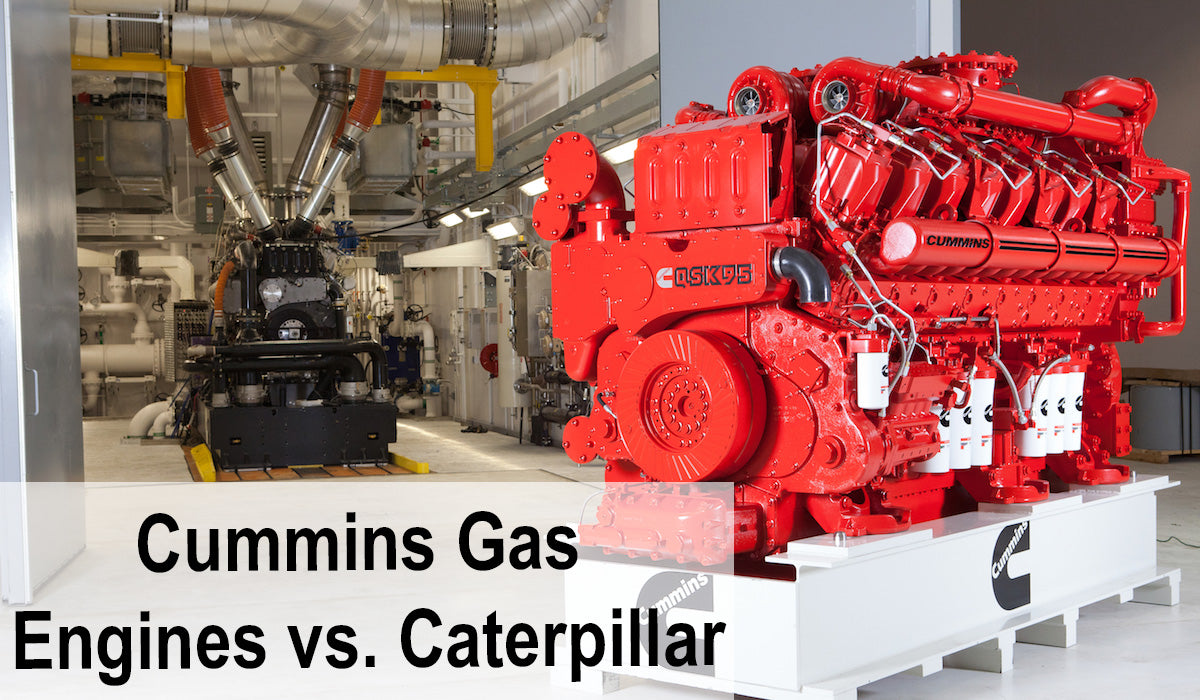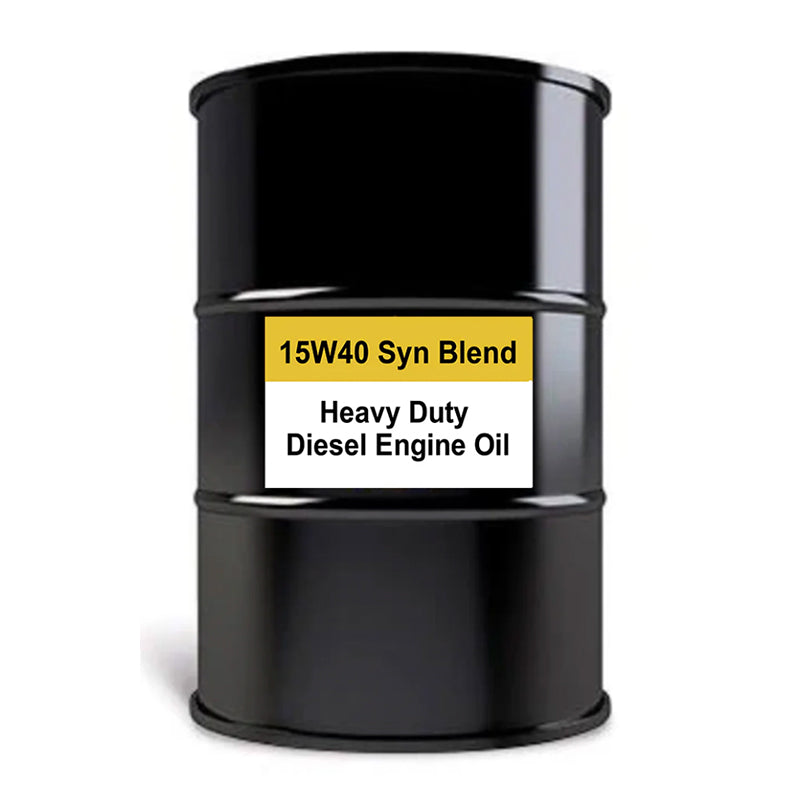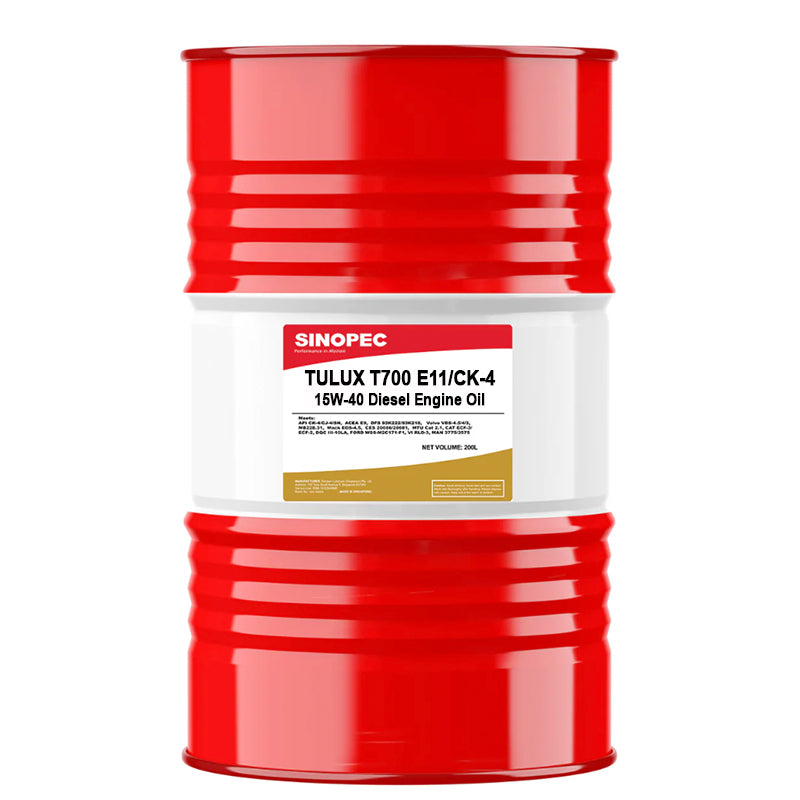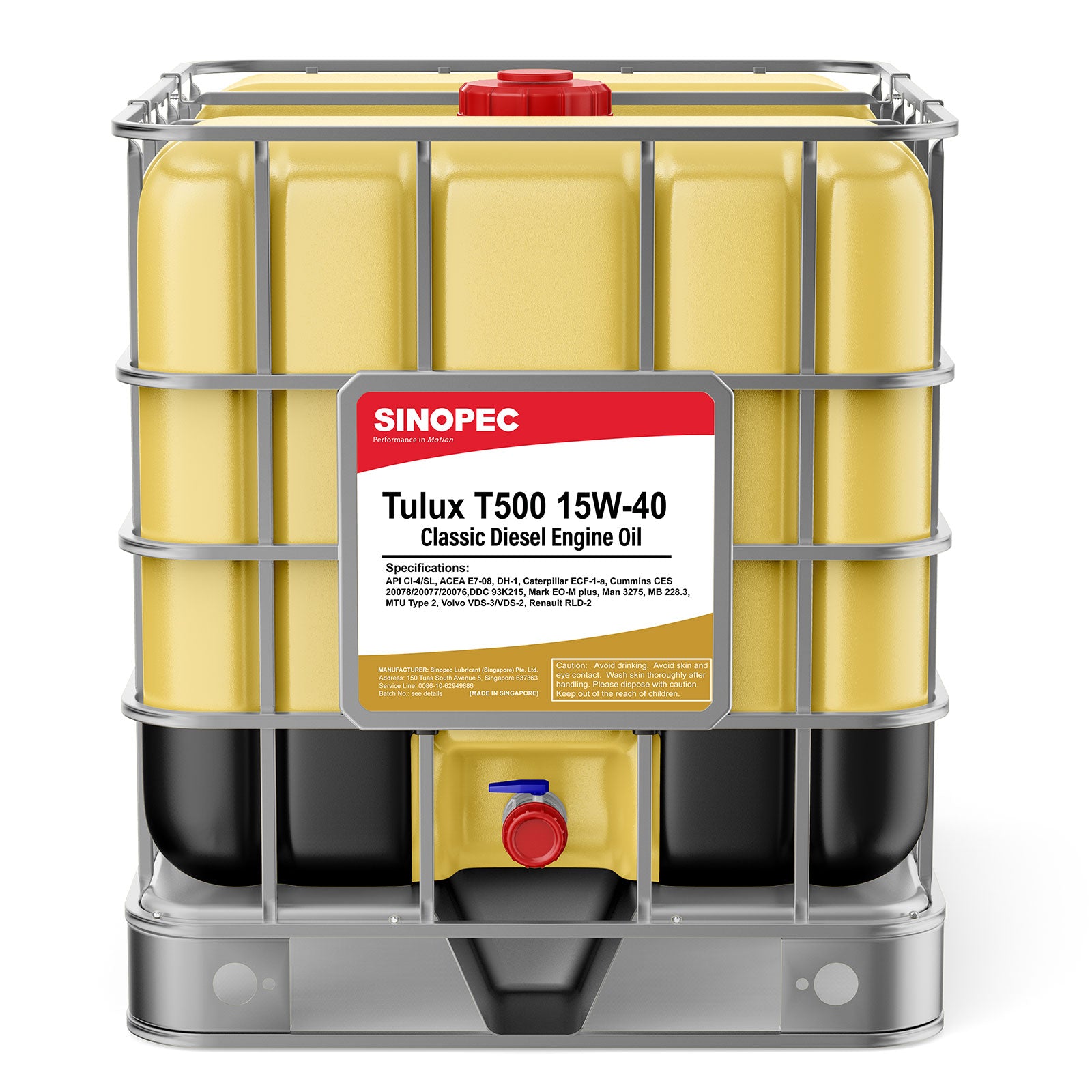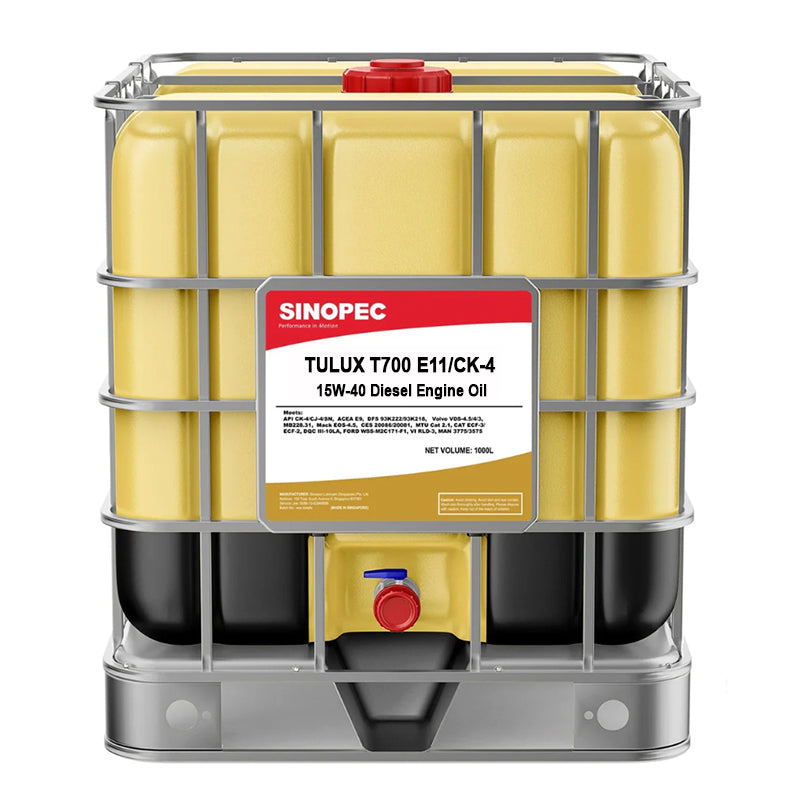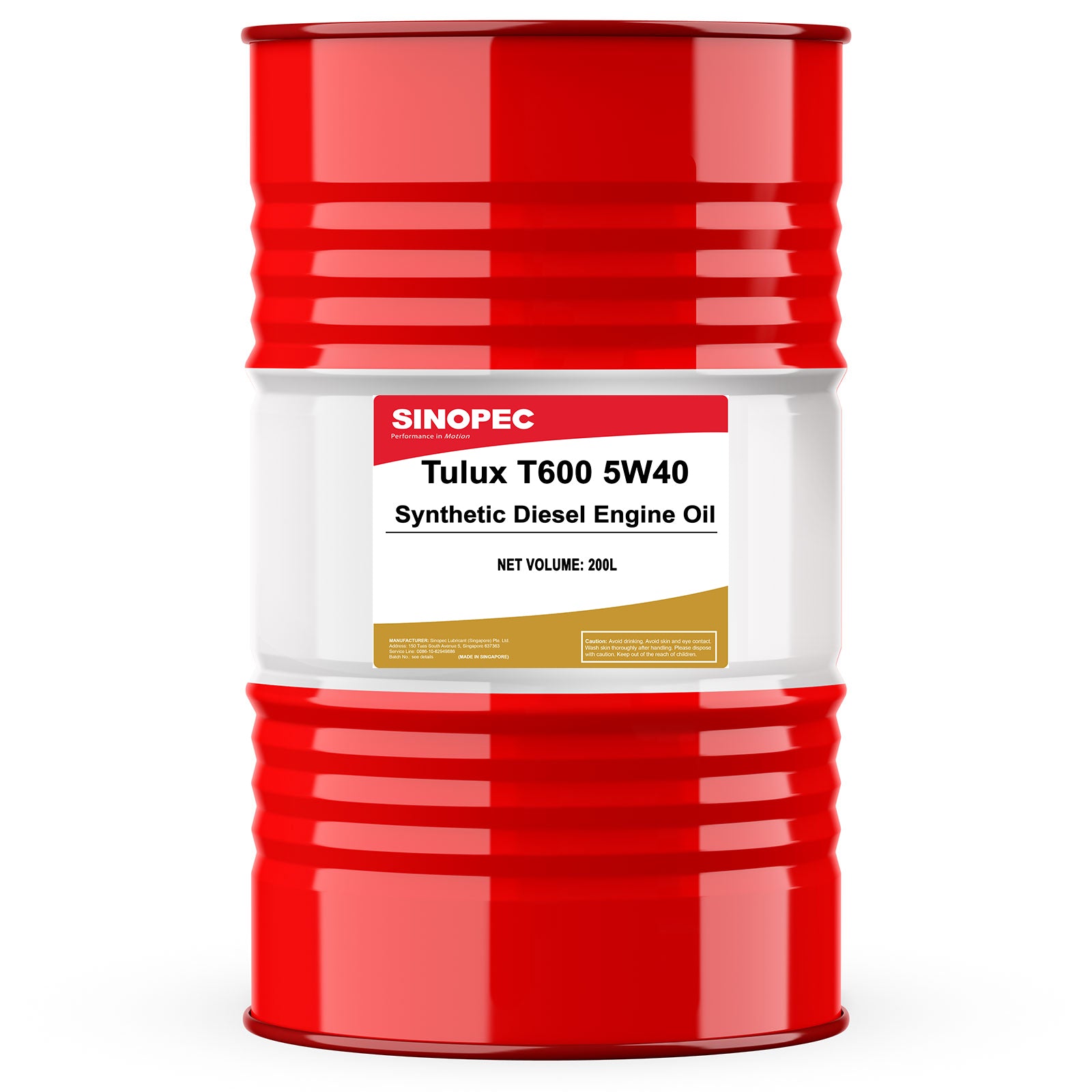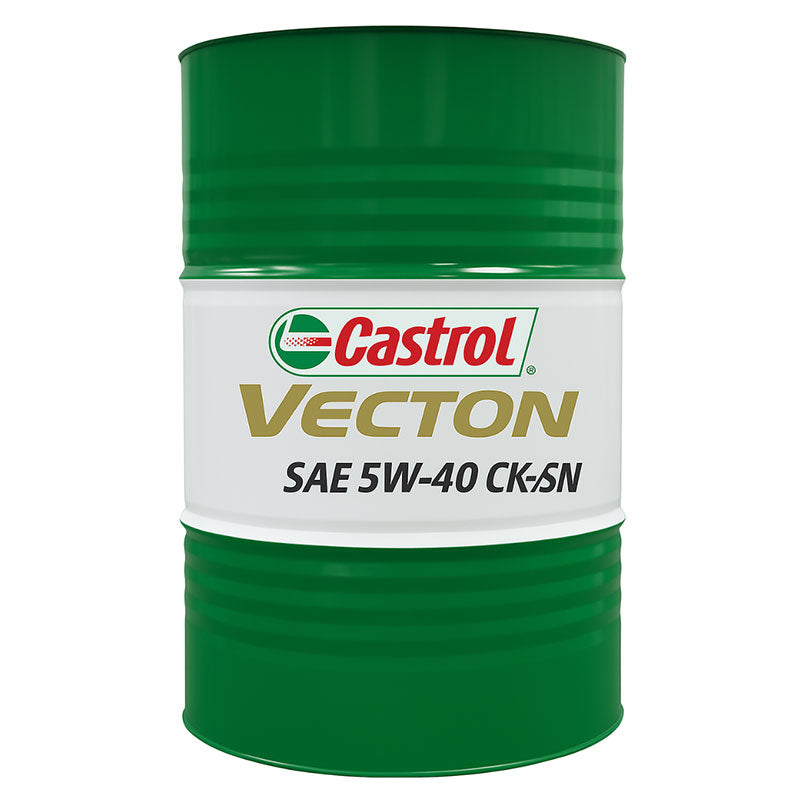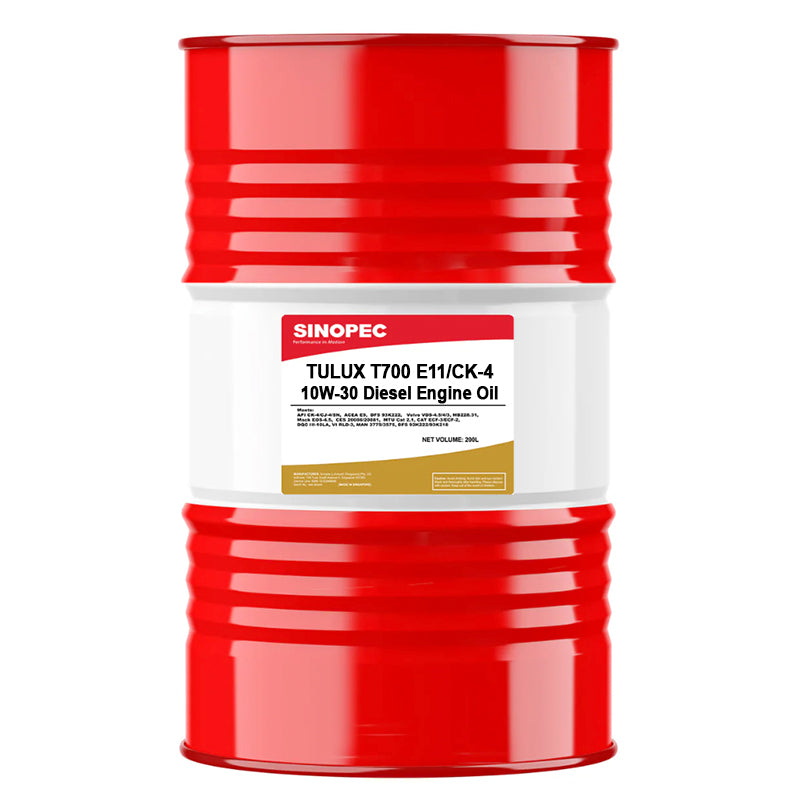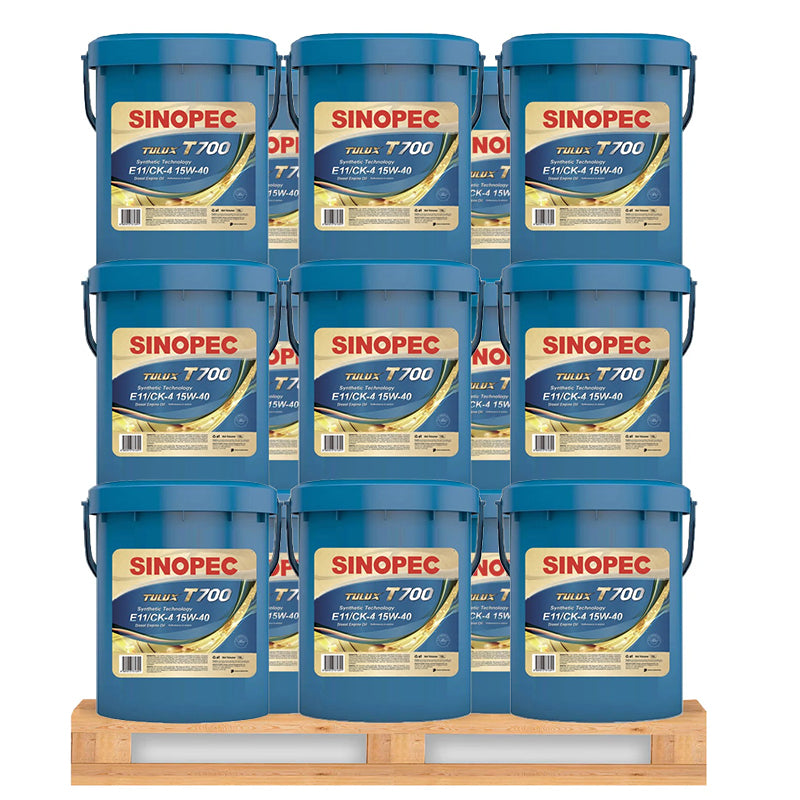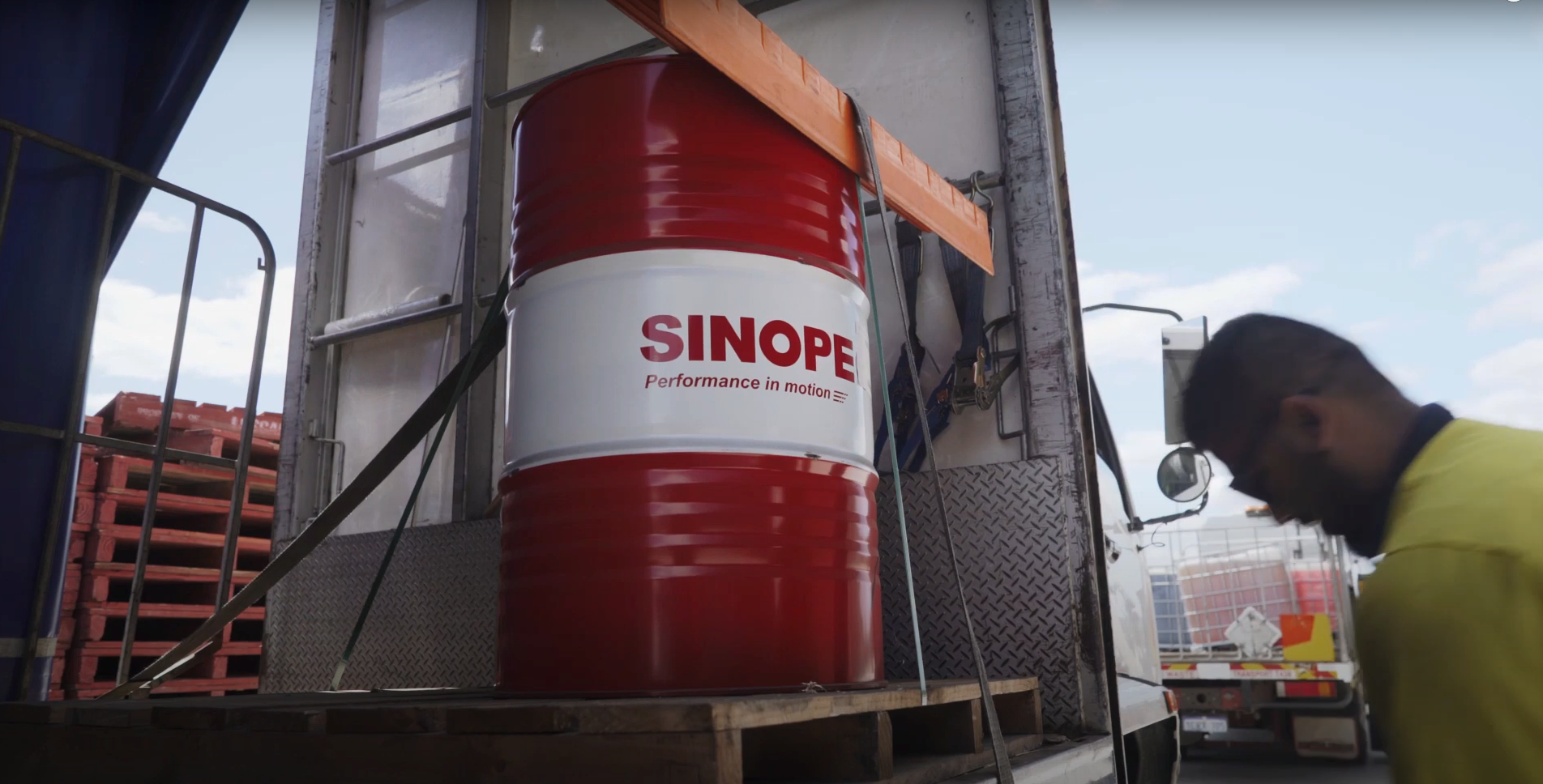When choosing between Cummins and Caterpillar natural gas engines, understanding their differences is crucial for making the right decision based on performance, reliability, and application needs. In this guide, we’ll compare these two leading engine manufacturers and highlight the key factors to consider.
Performance and Efficiency
-
Cummins Gas Engines: Known for their fuel efficiency, Cummins engines feature advanced combustion technology that optimizes power output while reducing fuel consumption.
-
Caterpillar Gas Engines: Caterpillar engines are designed for heavy-duty applications, often offering higher torque and robust construction for extreme conditions.
Reliability and Durability
-
Cummins: Offers reliable performance with lower maintenance requirements, making them a cost-effective solution for fleet operators.
-
Caterpillar: Known for long-lasting durability and the ability to withstand tough environments, making them ideal for industrial and high-load applications.
Emissions and Compliance
-
Cummins: Focuses on low-emission solutions, with engines designed to meet stringent environmental regulations.
-
Caterpillar: Incorporates advanced after-treatment systems to ensure compliance with global emission standards.
Maintenance and Support
-
Cummins: Easier to maintain with widely available parts and service centers.
-
Caterpillar: Requires specialized maintenance but offers extensive dealer networks for support.
Choosing the Right Engine for Your Needs
Selecting between Cummins and Caterpillar depends on the specific application. Cummins engines are ideal for operations prioritizing fuel efficiency and compliance, while Caterpillar engines excel in demanding, high-load environments.
For a premium SAE 40 natural gas engine oil suitable for both Cummins and Caterpillar engines, check out this high-quality option.

